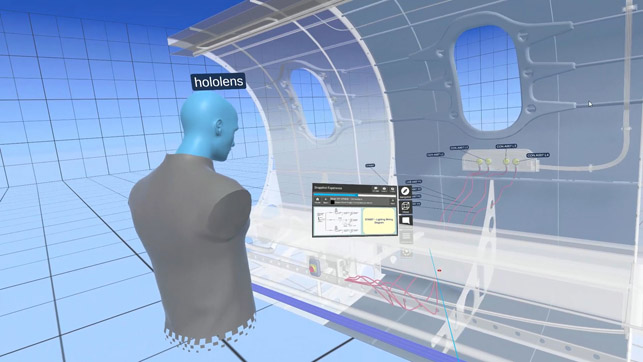Companies that rush into an XR extended reality frequently lose their way. Before setting out, it’s important to establish a clear roadmap, writes Katharine Edmonds of Theorem Solutions
The number of organisations embarking on an XR (extended reality) journey has risen rapidly over the past year. Companies are intrigued by the potential impact and value to be had from XR technology (the catchall term for augmented, mixed and virtual reality). They see it as the future. They can’t wait to get started.
But, as with any major project that involves implementing new processes and ways of working, there are a few things they need to think about before investing time, money and resources into a project that may or may not benefit their organisations.
If this sounds like you, or others at your organisation, the first question you should ask is why? Why are you looking to implement an XR strategy? What problem are you trying to solve – and is XR extended reality the only, or best, way to solve it? Are you doing it for the right reasons, or are you assuming that, since everyone seems to be looking at the technology, so should you?
Now is the time to consider what you want to do with the technology, and how you want it to work for you – way before you decide upon a device, or even start to figure out the return on investment you might expect. In short, it’s about defining the most appropriate uses cases around existing business processes.
Proof of Concept (PoC)
Once you’ve identified your use case, running a proof of concept (or PoC) is typically the first stage in the journey. The motivation here is that it is difficult to go beyond the ‘demo’ stage, when the technology is new and exciting to play with, until you know in some detail what processes will change and what staff training you will need, as well as how XR extended reality will benefit your organisation.
Even when you’ve spotted a suitable use case, you also need to get internal, and widespread, support for the use of the devices. Many existing processes are so ingrained that getting buy-in is very difficult, yet critical, and even the slightest change in the status quo may spark resistance.
In the early stages, it is best to remain open minded and be realistic as to what you want to achieve. What is the value to your business; and how would you implement it if you weren’t just ‘doing a PoC’, but actually rolling out the project for real?
One final thought on running a PoC: What is the concept that you are testing? It is really easy to be drawn into creating a features wish-list, an urge you must strongly resist. Perhaps, a better way of looking at it is to run a ‘proof of value’ exercise instead.
After all, those who hold the purse-strings and will sign off on the investment will ask how the technology will contribute to the bottom line, so you need to be thinking about this from the outset.
XR extended reality – challenges to consider
It is also important to consider that, when undertaking your PoC, you may well be introducing technical debt. This is a term used to describe what happens when software development teams prioritise a quick delivery over a perfect solution.
Technical debt is not necessarily a bad thing, and sometimes (such as in a PoC), it is required, in order to move projects forward. But bear in mind that by tolerating technical debt, you may encounter problems down the road.
Another big challenge in using this technology is getting the 3D content into XR extended reality in the first place. There are lots of importers on the market that are transactional (that is, they perform conversions one at a time, manually). For a PoC, that may be fine, but won’t scale for in-production use.
To roll the project out on a grander scale, for example in engineering and manufacturing, you’ll need a scalable, automated process. And, there is absolutely nothing wrong with identifying a solution that can make the best use of your existing CAD assets as a must-have right from the start.
Finally, it’s important to recognise that new devices appear all the time. Before this year is out, there will be new ones on the market and, in twelve months’ time, the next generation of the same devices will most likely be available.
By tying yourself to one brand or device type, you risk wasting your investment. It’s therefore really important to have a device-agnostic approach. This could save you from being stuck somewhere down the line with obsolete and unsupported hardware that you can no longer use.
The point we are making here is to think ahead. My goal isn’t to put you off starting your XR extended reality journey. Indeed, using XR in your manufacturing and engineering processes could be transformational and bring many benefits.
Rather, my point is to remind you that you should be sure you understand all the implications of your decisions, and the milestones you’ll encounter on your journey, before you set out.
Get in touch:
Katharine Edmonds is marketing communications executive at Theorem Solutions. You can learn more at theorem.com






